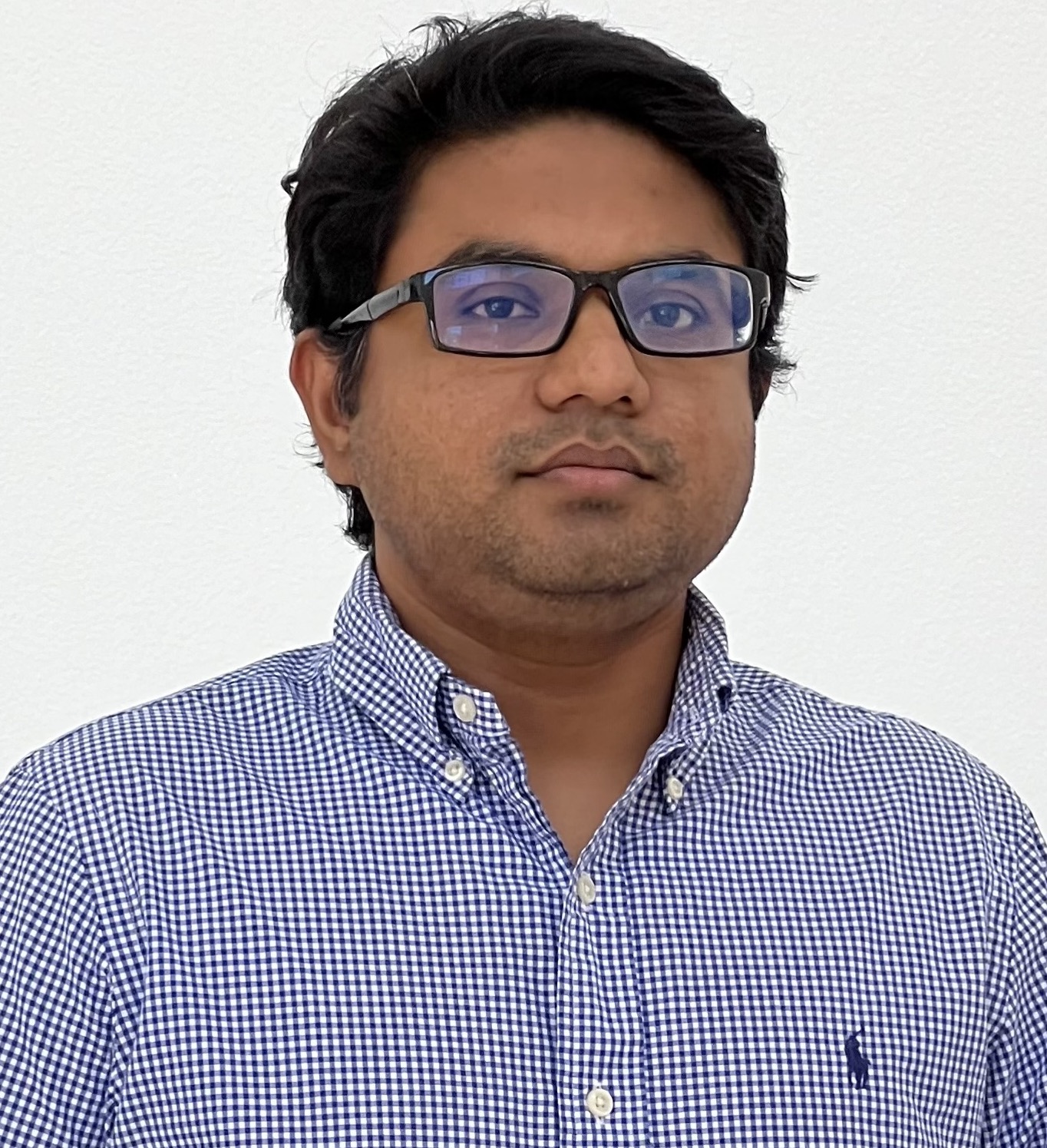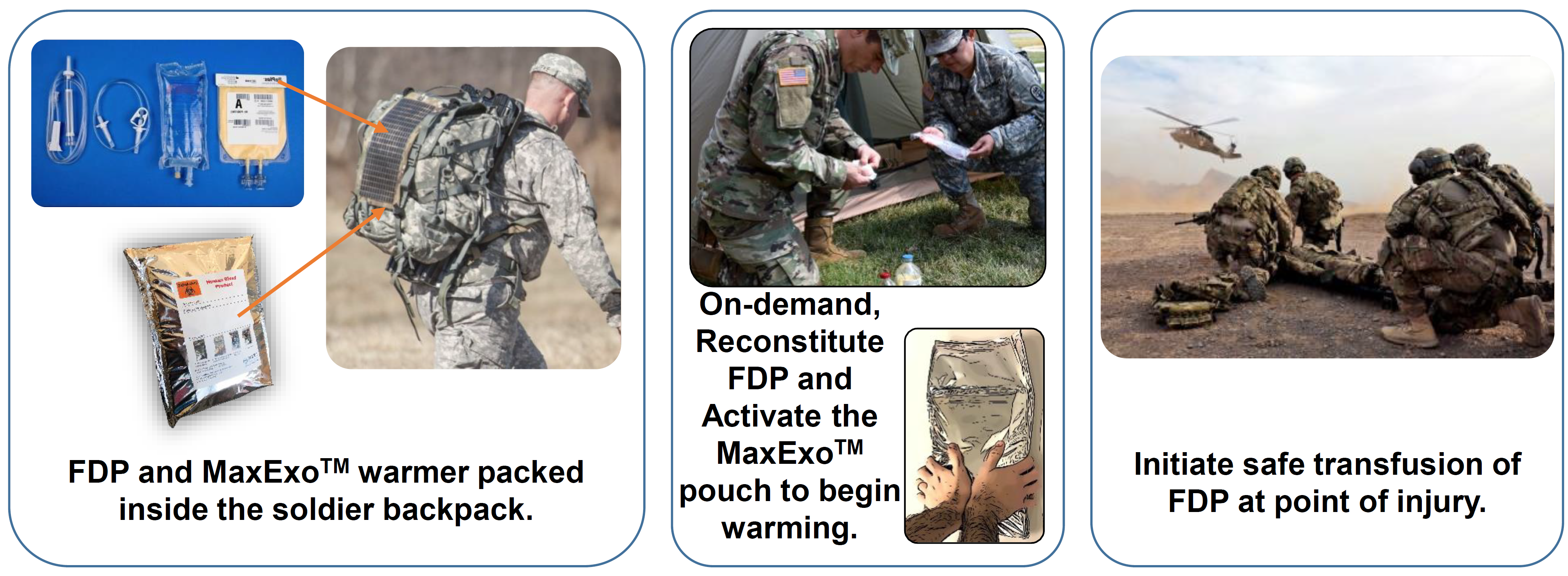Combat Readiness-Medical
On-Demand Warming of Blood Products Using Non-Electric Fluid Warmers



Posted July 22, 2022
Arif Rahman, Ph.D., MaxQ Research LLC

Dr. Arif Rahman (Photo Provided)
Delivery of life-saving blood products involves well-coordinated and resourced logistics chains that may be challenging when delivering trauma care in remote or austere environments. Most blood products are stored at cool temperatures or reconstituted with room-temperature fluids. Administration of intravenous fluids that are lower than body temperature, however, can result in hypothermia, especially when given as a rapid bolus for emergency blood transfusions. The risk of hypothermia and subsequent abnormal blood clotting poses a significant concern for combat casualties, which highlights the importance of fluid warming in pre-hospital resuscitation. Portable warmers are helpful in a far forward environment, but are limited by their small processing capacity, size, and need for electrical power.
With a Fiscal Year 2020 (FY20) Combat Readiness Medical Research Program (CRRP) Rapid Development and Translational Research Award and in collaboration with the U.S. Army Institute of Surgical Research (USAISR), Dr. Arif Rahman and colleagues at MaxQ Research, LLC, seek to deliver a new solution that is smaller, easier to use, more robust, and does not require electricity. This new technology, the MaxExoTM blood warmer, will use a simple chemical reaction to warm reconstituted freeze-dried plasma. The concept is to rapidly generate heat in a controlled and insulated manner to safely warm blood components and fluids for transfusion at trauma sites. In the first quarter of the award, Dr. Rahman and team met with military and civilian stakeholders to identify functional, operational and regulatory requirements that would address the technological gaps and challenges for application at trauma sites and in potential battlefield settings. Based on the elicited feedback, the team created a list of eight operational requirements to guide the development of the device. Based on these guidelines, the team is currently testing several different chemical reactions to elucidate the reaction that can efficiently provide the optimal amount of energy for the device and is user friendly.

Figure 1: Concept of Operations of MaxQ Research (Figure provided by MaxQ Research, LLC)
If the team is successful in developing their blood-warming technology, the device and components could be easily carried in backpacks and medical kits and used by all Soldiers and medics. This would allow anyone to facilitate transfusion in the far-forward environment and to prepare and bring more effective, acute care closer to the point of injury for both the military and civilian populations.
Last updated Thursday, December 5, 2024














